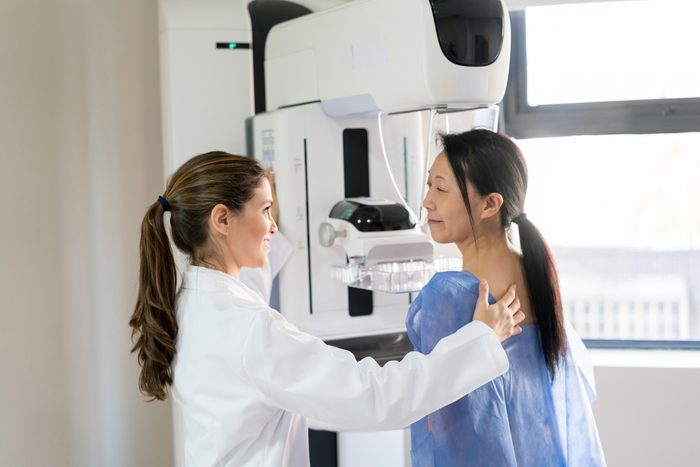
How to handle your mammogram results
No one wants to hear that a mammogram result is abnormal. Is something wrong? Did they find cancer? Am I going to be OK? It’s quite common for women, especially those under 50, to be called back for a second mammogram after initially receiving a false positive result.
“The majority of the time these call-backs are often good news—you’re not going to end up having a cancer diagnosis,” says Sandhya Pruthi, MD, a consultant at the Breast Diagnostic Clinic at Mayo Clinic in Rochester, Minnesota. “Often the extra views are just to help clarify something or give more information to radiologist to suggest if an additional test like an ultrasound or magnification views are needed to get more information before they are concerned about a cancer diagnosis.”
If you are asked to come back in for additional screening, it’s important you communicate with your primary doctor and radiologists throughout screening and diagnosis and receive a referral to the appropriate breast specialist if necessary. These are some smart questions it pays to ask your health care providers:
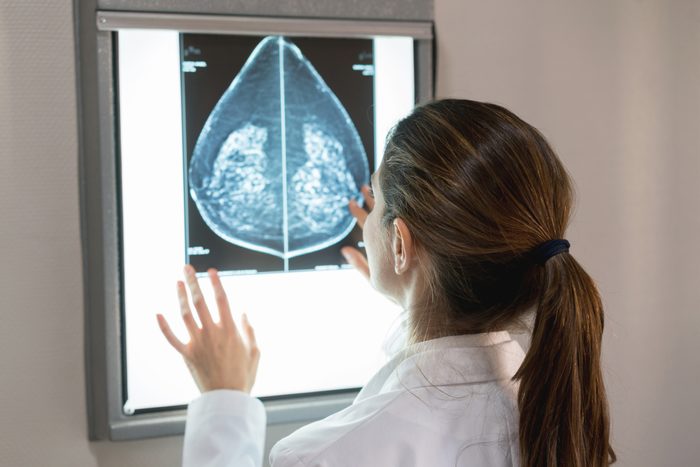
Did you compare my current mammogram to my previous ones, and how far back did you compare them to?
Women can ask this question of their primary doctor who receives the results of their mammogram or the radiologist, says Peter M. Jokich, MD, associate professor of radiology and director, division of breast imaging at Rush University Medical Center in Chicago. He says it’s important to compare images to see if any new abnormalities have appeared or grown over time. “Anything that doesn’t grow or change [in patients at Rush] over a two year time interval we pretty much call it benign [for most abnormalities] and don’t go any further,” says Dr. Jokich.
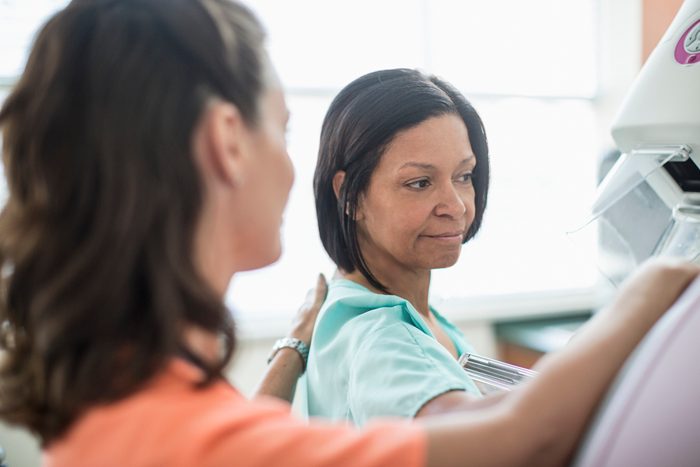
Is the nodule a liquid cyst or a solid lump?
The presence of liquid cysts or solid lumps can cause an abnormal mammogram. Dr. Jokich says if new nodules appear on a mammogram or palpable lumps are felt, an ultrasound almost always needs to be done to evaluate them. Dr. Pruthi tells patients that they need to determine if the abnormality is consistent with a solid (like a grape) or cystic lesion (contains water). While cysts are almost always benign, solid lumps could be cancerous, which is why a core needle breast biopsy is recommended to obtain tissue to aid in diagnosis.
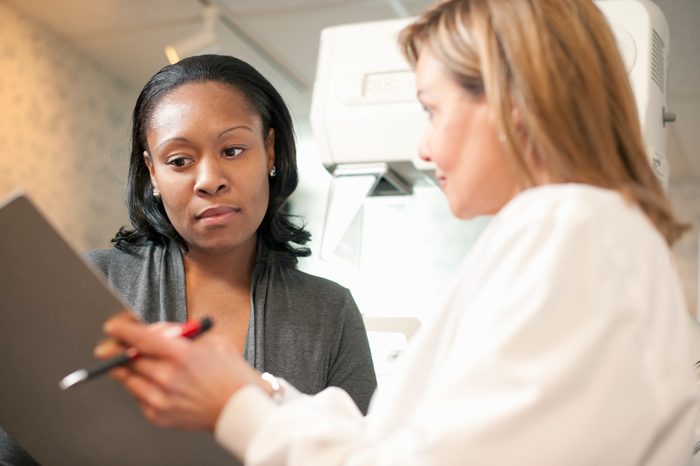
What are microcalcifications?
Radiologists often call women back when they see calcium deposits called microcalcifications on the screening mammogram. Radiologists will often ask patients to come back so they can use magnification views to take additional pictures and evaluate each microcalcification. “If the calcifications are felt to be indeterminate or suspicious, the radiologist will recommend a breast biopsy,” says Dr. Pruthi. (Here are health secrets your breasts wish they could tell you.)
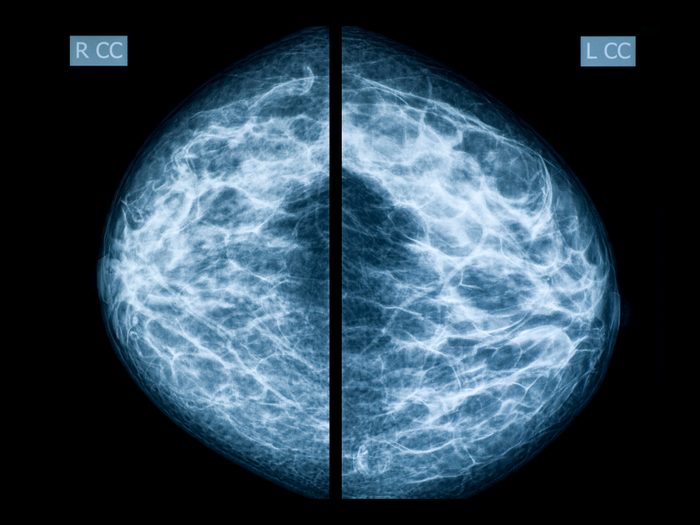
Is my breast tissue dense?
Some women—particularly younger women who are still menstruating—have more dense breast tissue, while other women (most often those who are postmenopausal) have fattier breast tissue. As women reach menopause and no longer produce estrogen from their ovaries, dense breast tissue is replaced by fattier tissue, which makes mammograms in older women easier to read.
Denser breast tissue is made up of the milk glands, milk ducts, and fibrous tissue and appears as white areas on a mammogram, says Dr. Jokich. However, most cancers also appear as white areas on a mammogram, sometimes making it difficult for radiologists to determine what is dense breast tissue and what is cancer.
“If you put a white lump or a white nodule in the middle of a dense breast that’s all white on a mammogram, you can’t see it,” says Dr. Jokich. “Dense breasts are also a risk factor for developing breast cancer.” He says women need to be aware of whether or not they have dense breast tissue and ask their doctor whether additional modalities, such as ultrasound, MRI, or molecular breast imaging, should be used to screen for breast cancer.
Currently, 38 states have passed legislation mandating that women who have dense breasts be made aware of their breasts’ density after their mammogram and that they should consult with their physician about how to screen for breast cancer. Breast density is unrelated to your breasts’ size or how they feel, so can you can have dense breasts whether your breasts are larger or smaller or feel firm or soft.
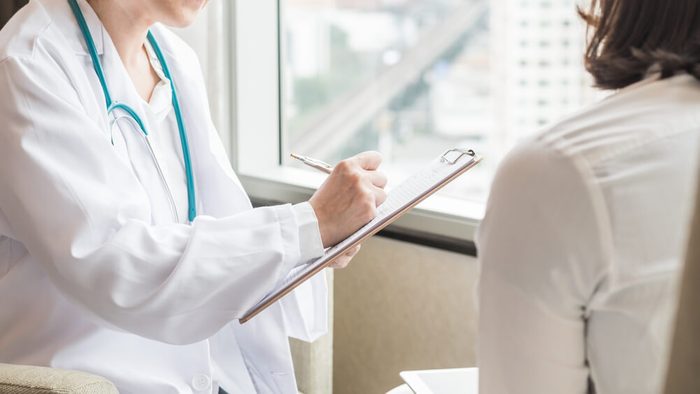
What is a BI-RADS score?
Linda Aboody, MD, director of radiology at Memorial Sloan Kettering Cancer Center in Basking Ridge, New Jersey, says federal law requires radiologists to give each mammogram a BI-RADS (Breast Imaging and Reporting Data System) rating based on how concerning the results are. Dr. Aboody says a score of one indicates a completely negative mammogram, a score of two indicates a benign finding, and a score of three means the tumor is most likely benign, unlikely to grow or need to be biopsied, and needs to be reevaluated in six months.
“Category four is suspicious and that requires a biopsy that should be done as soon as is practical,” says Dr. Aboody. A BI-RADS rating of five is considered “highly suggestive” that the abnormality found is malignant and Dr. Aboody says a biopsy would confirm malignancy.
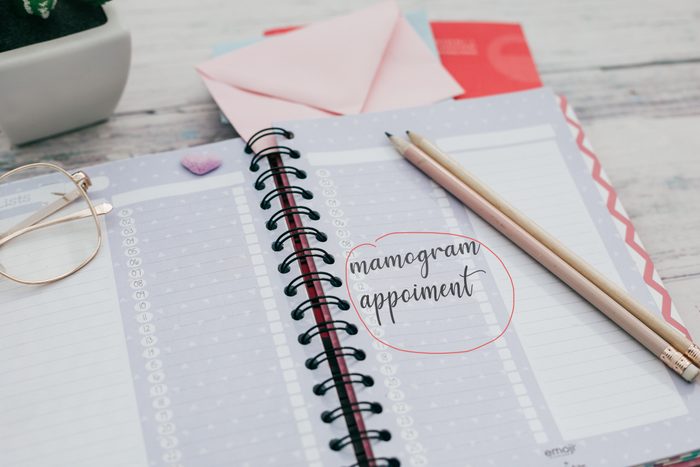
How often should I get a mammogram?
Different organizations have provided different guidelines for how often women should get mammograms. Dr. Pruthi says it often comes down to a conversation between patients and doctors about the patient’s values, family history, how often she wants to get screened, and understanding the risks and benefits of having a mammogram.
“For average-risk women—not gene positive, not high risk women—they should start yearly after 40,” says Dr. Jokich, who also says women in good health should continue with their yearly mammograms well into their seventies and beyond as the number of women affected by breast cancer peaks in women in their seventies.
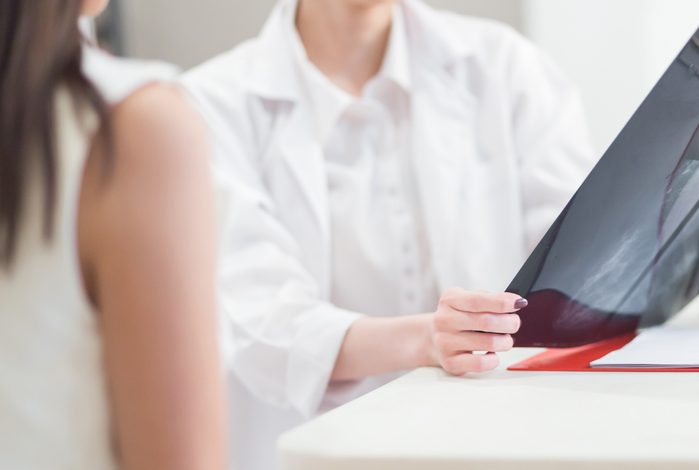
Does an abnormal mammogram always mean a cancer diagnosis?
An abnormal mammogram does not always result in a cancer diagnosis. More than likely, the presence of a cyst, breast dense tissue, or microcalcification causes woman to be called in for an additional screening. While getting the call to schedule an additional mammogram can be nerve-racking, Dr. Aboody says women should certainly get the extra workup being recommended. It’s better to have an additional screening to find out nothing is wrong, than to not get screened at all and be diagnosed with breast cancer once it’s reached a more aggressive stage.
“You have a lot to lose by being afraid,” says Dr. Aboody. “First of all, the likelihood is great that it’s going to turn out alright; and second, even a diagnosis of cancer can be a lifesaver when found early because it’s a very different disease when it’s found early.”